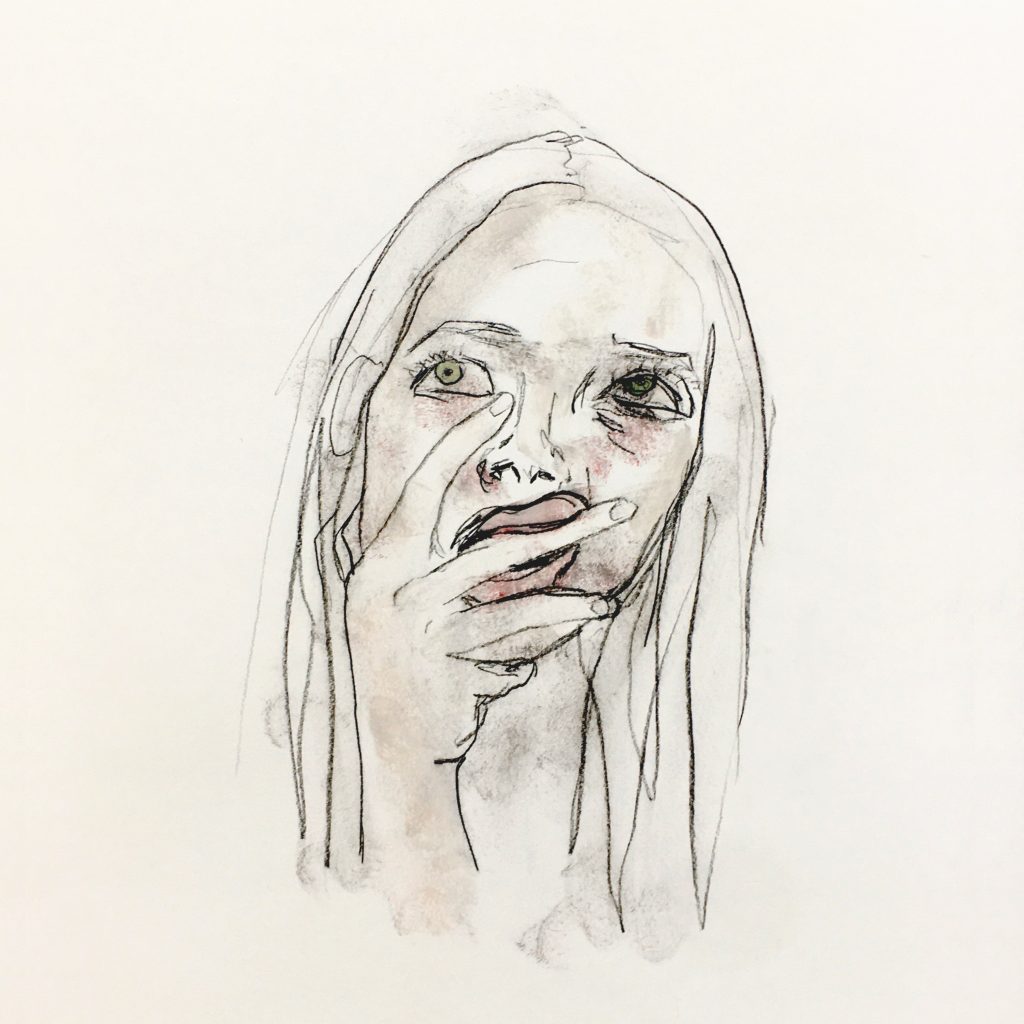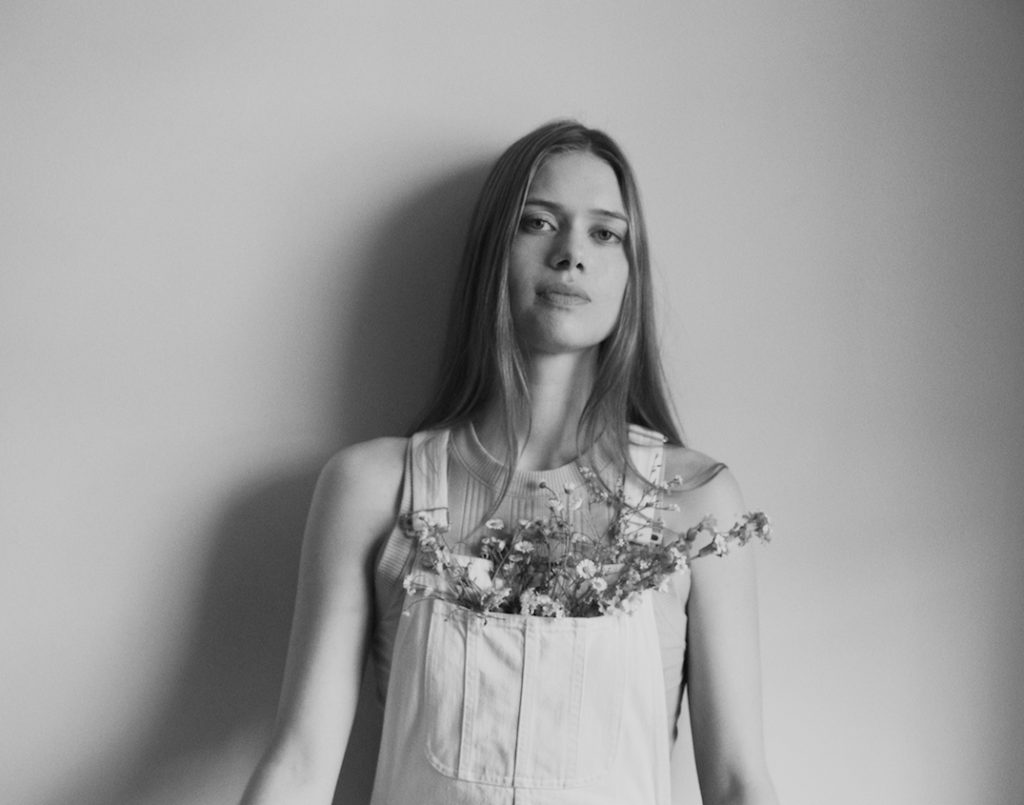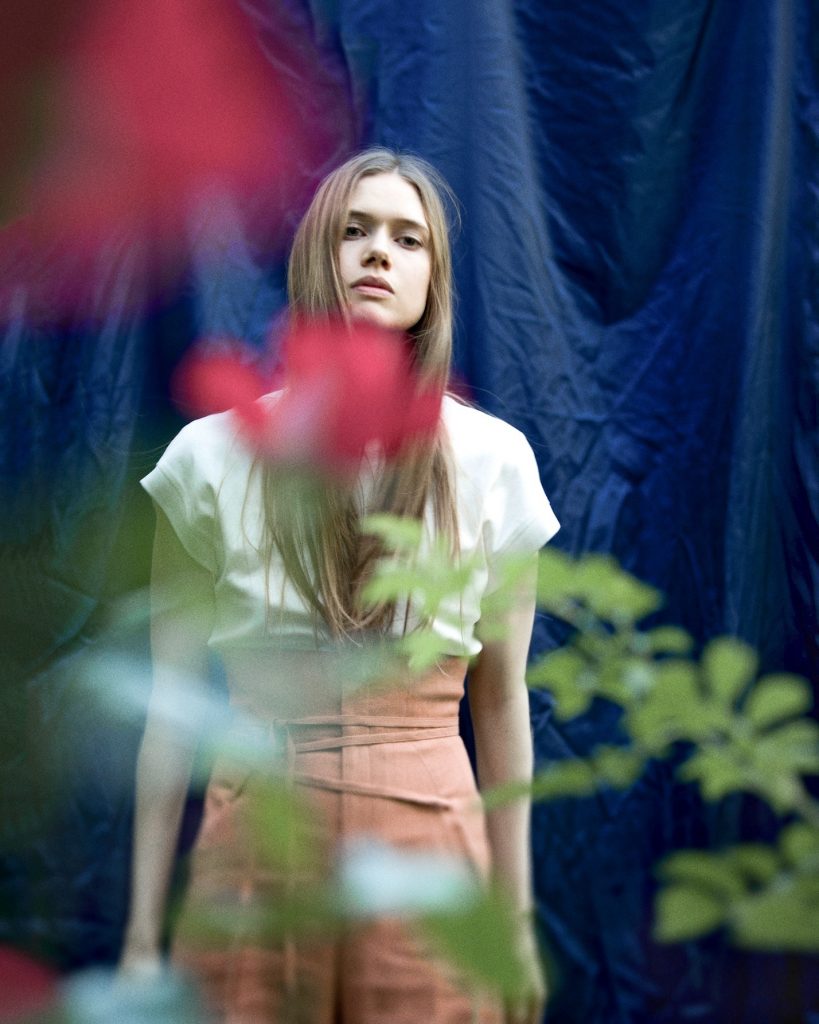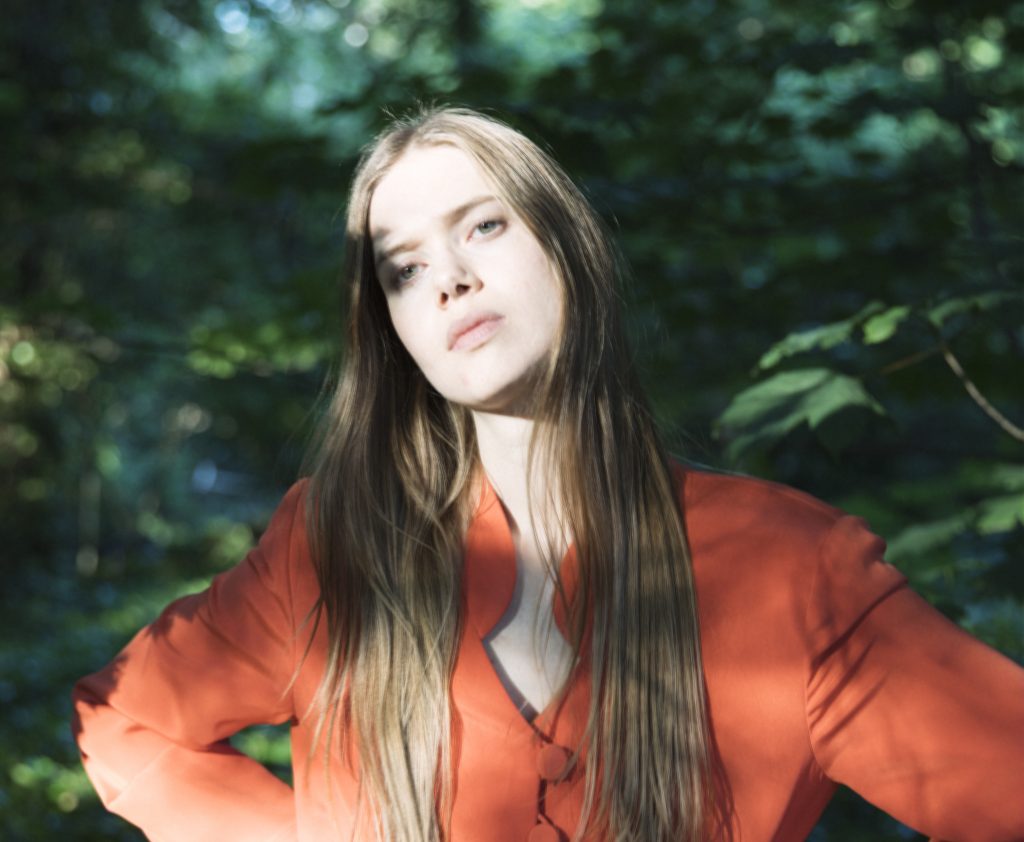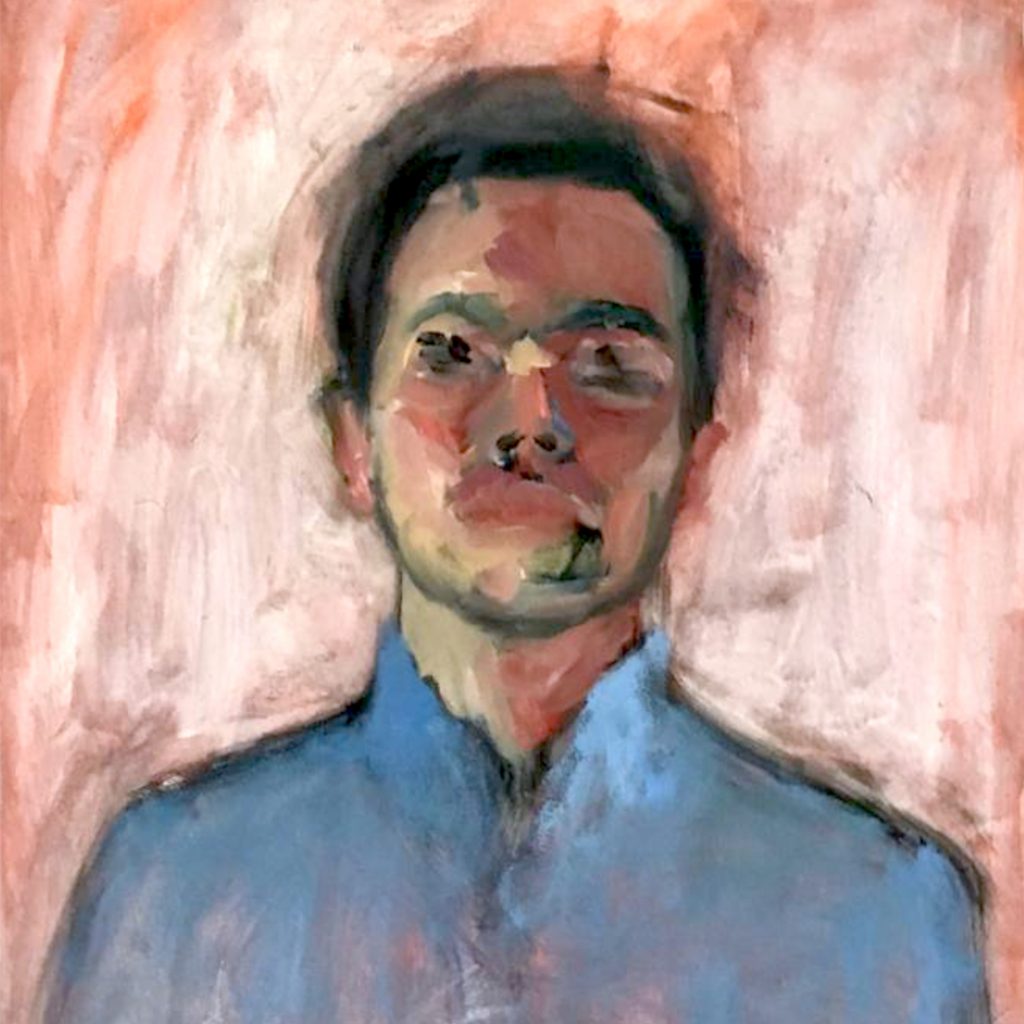Morly
'Til I Start Speaking (Cascine & Sweat Entertainment)
Contact Patrick Tilley about Morly
Visual artist and singer-songwriter Morly (aka Katy Morley) reveals the new single, “Eliogy,” from her debut album, ‘Til I Start Speaking. “Eliogy” opens with Morley’s honeyed, rich voice and reverberating percussion. The song continuously builds, adding in instrumentation and layers of vocals until it reaches a velvety, emotive blend. “I wrote it in the messy aftermath of a breakup,” says Morley. “It’s about the pain of causing someone else pain, of having to break someone’s heart. If the album is 9 sleep bangers and a bop—’Eliogy’ is the bop.”
Morly says the accompanying lyric video “feels like a nod to the album title, ’Til I Start Speaking, and cover artwork. As if the drawing suddenly animated and started pulling out the words strangled up inside. I’ve also always loved Warhol’s screen tests and filmed it with those very much in mind.”
After establishing her singular style with a series of EPs — In Defense of My Muse (2015), Something More Holy (2016) and Sleeping In My Own Bed (2017) — Morley took some necessary time away from the public eye as she battled chronic illness. She returns now with newfound strength and focused sound. Much of ‘Til I Start Speaking revealed itself as she found herself falling in love with someone across the Atlantic. The Minneapolis-born artist relocated from her homebase in Los Angeles to London this year to join her partner. The album paints a portrait of realizing you’re in love. It’s also the result of Morley finding herself at the crossroads of graduate school and considering pursuing music full time. Morley felt adrift and estranged from herself, but year by year she’s closed that gap in incremental ways: studying piano, pursuing painting (her artwork adorns the sleeves of her entire discography), unlearning self-doubt, trusting one’s inner voice.
Working with frequent collaborator Christopher Stracey, Morley followed a muse of stillness and naturalism, allowing each composition to flower in its own fluid, elegant way. There is indeed a sensuous, low-lidded mood to this music, as though sung at a quiet hour in an intimate setting. The songs that emerged are time-worn, aching, and acoustically rich, like hymns or traditionals, traced in piano, voice, and percussion. She describes the creation process as almost a “subconscious exorcism,” casting out old ghosts and outgrown loves.
